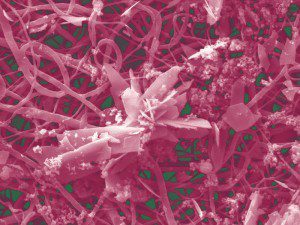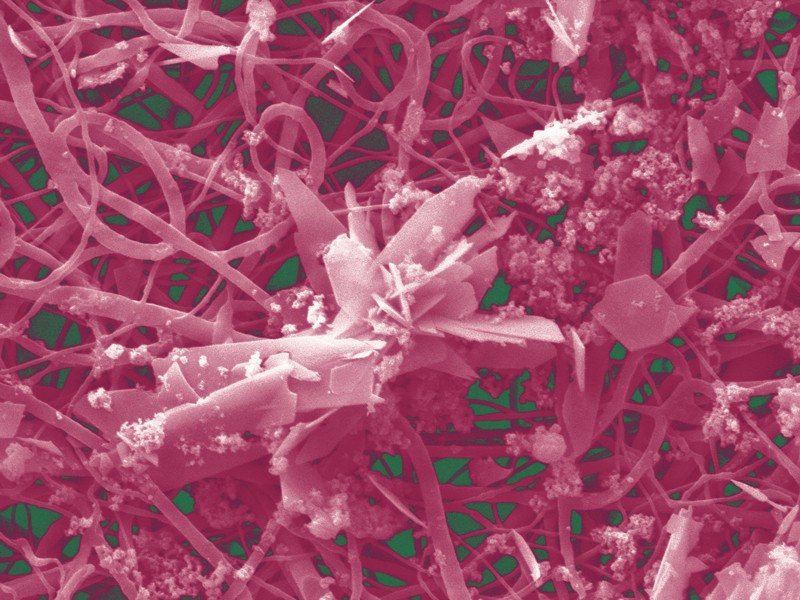by Alexander Hili
Bendable mobiles, houses which can build themselves, planes whose wings change shape during flight, rockets that open up into space stations might all be possible with the discovery of Shape Memory Polymers (SMP), a series of miracle polymers which change shape at different temperatures. Professor Jinsong Leng (Harbin Institute of Technology) has started exploring the use of electrospun polymers that have the ability to change into a variety of different shapes in the matter of seconds.
One of the best examples of how smart material polymers can be used is in the upcoming flexible smart phone market. Smart phones made of these materials would change shape depending on what the user needs. When jogging the mobile could warp into a wrist band. After the run, the mobile could go back into a normal shape by changing its temperature. The next big step for smart phones.
This leap needs sophisticated science to happen. Carbon polymers are needed, these are made from fibres, foams, membranes, films, or composites. The correct mix of these components varies the materials stiffness and tension retention (storage of energy), this allows for different hardness at different conditions. The mobile could be limp and floppy at one temperature then go stiff retaining that shape at another. The material would adapt to the situation at hand.
How these compounds work depends on the interactions happening at the nano level. At this scale the material integrates its stiff and soft parts into a single unit. Thus a combination of the two properties could be seen resulting in the hardness of the final compound encompassing the two sides. Within seconds these structures can change shape completely to form a preprogramed structure.

Leng’s research is based on the temperature differences altering the shape of a material. The use of self-heating materials would help in reaching the temperature needed for such alterations to take place. These function by using a series of resistors and a highly efficient conductive system which would be implanted inside the material while it’s being synthesized. Such materials currently have an efficiency of approximately 70% of the total energy input. The high efficiency is due to carbon nanotubes that improve the conductance of the material helping the electricity travelling inside the material with minimal resistance.
Imagine a truly interactive environment. Imagine a paint which can tell how hot it is and change colour, or going camping and the tent is made of metal instead of canvas, or having the environment react to our needs by adapting to what we need before we know we need it.
Professor Jinsong Leng Centre presented his work at the Twenty second annual international conference on composites/Nano Engineering organized by International Community for Composites/Nano Engineering. The Malta Chamber of Scientists held a public Malta Cafe Scientifique talk on the 11th July to support the importance of research into nanomaterials.






Comments are closed for this article!